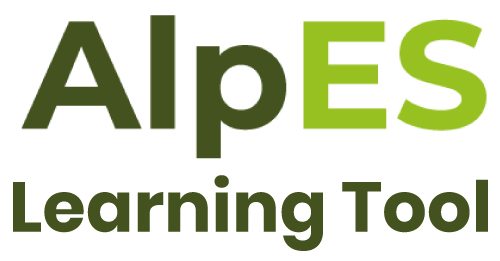by admin | May 31, 2018 | Intermediate
When participating in or leading a governance or decision-making process, it is essential to have background information why ecosystem services are a key element in national policies and local strategies about environment management and territorial development.
by admin | May 31, 2018 | Intermediate
In this module it will be presented the rationale of AlpES indicators with a focus on metadata, sources, calculation. First of all, we have to explain the reasons why AlpES chose them and, afterwards, the way they are built and calculate. The aim of this article is to provide a clear insight to the most important AlpES tool for ES assessment, it will be necessary to explain the process from data source to the final algorithms, organising the text in short paragraphs referring to each step with link to external documents (e.g. list of data sources).
by admin | May 31, 2018 | Intermediate
The definition of mapping and assessment is strongly dependent on the objectives and aims which underpin them and that initiate the development of the ES system. These are diverse within the project partner states, as some concepts are specifically aiming for monetary evaluation while others target the assessment of ecosystems for various reasons to be analysed.
by admin | May 31, 2018 | Intermediate
The Alps are considered as a mosaic of territories with specific peculiarities both natural and socio-economical. This diversity impacts directly on the number and quality of ecosystem services and on their interconnection. Moreover, the Alpine range is characterized by a rough morphology and by the administrative complexity, with many countries converging towards the watersheds.

